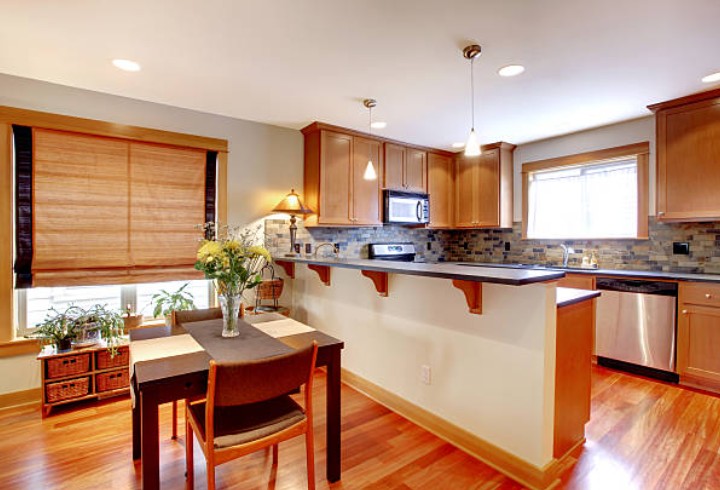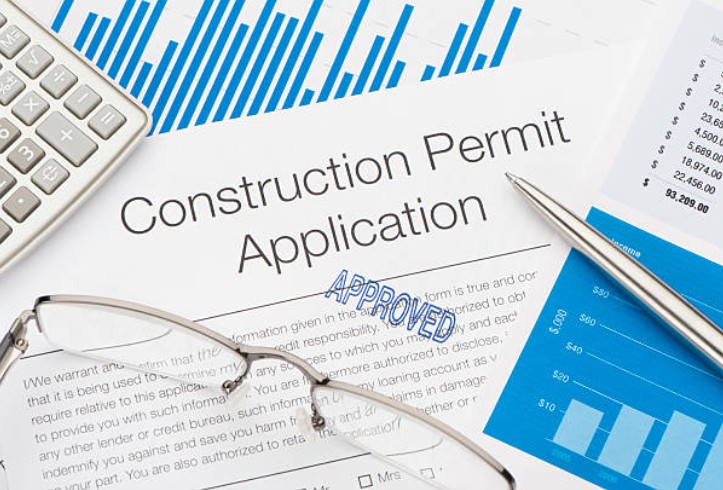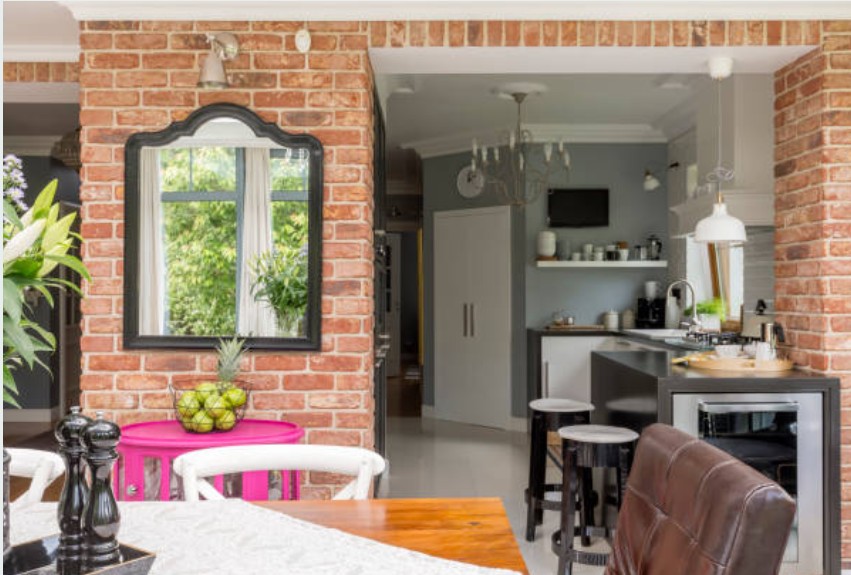When I first bought my house, the kitchen and dining room were completely separate—small, boxy, and not ideal for modern living. After a few months of trying to make the layout work, I started looking into knocking the wall down to create an open-plan kitchen diner.
What I didn’t realize at the time was how many questions I’d run into—Is the wall load-bearing? How much does it cost? Do I need permission? So if you’re wondering how much to knock down a wall between kitchen and dining room in UK, let me walk you through what I learned, what I paid, and what to expect.
Why I Decided to Knock Down the Wall Between My Kitchen and Dining Room?

It all started with one thing: light. My kitchen had a small window and always felt dark, while the dining room next to it had a lovely south-facing view. But with a wall between them, the rooms didn’t function well together.
I knew that opening them up could:
- Create a better flow of light
- Make the space feel bigger and more sociable
- Potentially add value to the home
But I had no idea what it would cost—or how complicated it might be.
Is It Load-Bearing or Non-Load-Bearing? Here’s Why That Matters?
The first thing I had to find out was whether the wall was structural. A non-load-bearing wall is much easier and cheaper to remove. A load-bearing wall, on the other hand, supports the structure of the house and requires a steel beam (RSJ) to hold everything up safely.
To find out, I hired a structural engineer who visited the house, inspected the loft and floor joists, and confirmed: yes, that the wall was load-bearing.
That changed everything in terms of price and process.
Table: Typical Costs to Knock Down a Wall Between Kitchen and Dining Room (UK – 2024)
| Item / Service | Estimated Cost | Details |
|---|---|---|
| Non-load-bearing wall removal | £300 – £1,000 | Minimal structure work required |
| Load-bearing wall removal (with RSJ) | £1,500 – £3,500+ | Includes supply and fitting of steel beam |
| Structural engineer report | £200 – £500 | Required for building control approval |
| Building control sign-off | £150 – £300 | Involves notification and inspection |
| Plastering and making good | £300 – £1,000 | Filling, skimming, and painting affected areas |
| Electrical re-routing (if needed) | £150 – £400 | Moving sockets, switches, or lighting |
| Waste disposal/skip hire | £150 – £250 | For bricks, plaster, timber, etc. |
These are average prices across the UK, and some may vary depending on where you live, how easy access is, and how complex the job turns out to be.
My Costs and Unexpected Extras
Here’s what I actually spent:
- Structural engineer: £350
- Wall removal and RSJ installation: £2,800
- Building control approval: £220
- Plastering and decorating: £400
- Skip hire: £180
Total cost: £3,950
I’d budgeted for around £3,000 initially, but I hadn’t factored in the skip, the second coat of plaster, or the slight increase in RSJ costs due to steel prices.
One surprise? The job only took three days from start to finish—but coordinating between the engineer, builder, and inspector took longer than expected.
Do You Need Planning Permission or Building Regs Approval?

You don’t usually need planning permission to knock down an internal wall, but if it’s load-bearing, you must get building regulations approval. That involves:
- Submitting calculations and drawings from a structural engineer
- Getting a visit from your local authority or private building inspector
- Waiting for them to sign off the work once it’s complete
Skipping this step can cause legal headaches if you ever sell your home, so it’s best not to cut corners.
Tips I Learned from the Process
If you’re thinking of doing this yourself, here are some lessons I learned:
- Don’t assume it’s a non-load-bearing wall—always get it checked
- Get at least three quotes—my prices varied by over £1,000 between companies
- Ask if quotes include making good (plastering, clean-up, paintwork)
- If you’re not changing the kitchen layout, think about how you’ll handle flooring transitions between old and new spaces.
- Keep an eye on waste removal—skip hire is often an overlooked cost
Was It Worth It? My Honest Verdict
Absolutely.
The room feels twice as big, the natural light is incredible, and it’s changed the way we use the space completely. It’s now where we cook, eat, work, and entertain—all in one place.
Yes, it was an investment. But in terms of comfort, lifestyle, and even resale value, it’s one of the best things I’ve done to the house.
If you’re wondering how much to knock down a wall between kitchen and dining room in the UK, just know: costs can vary, but with the right planning, it’s well worth it.






